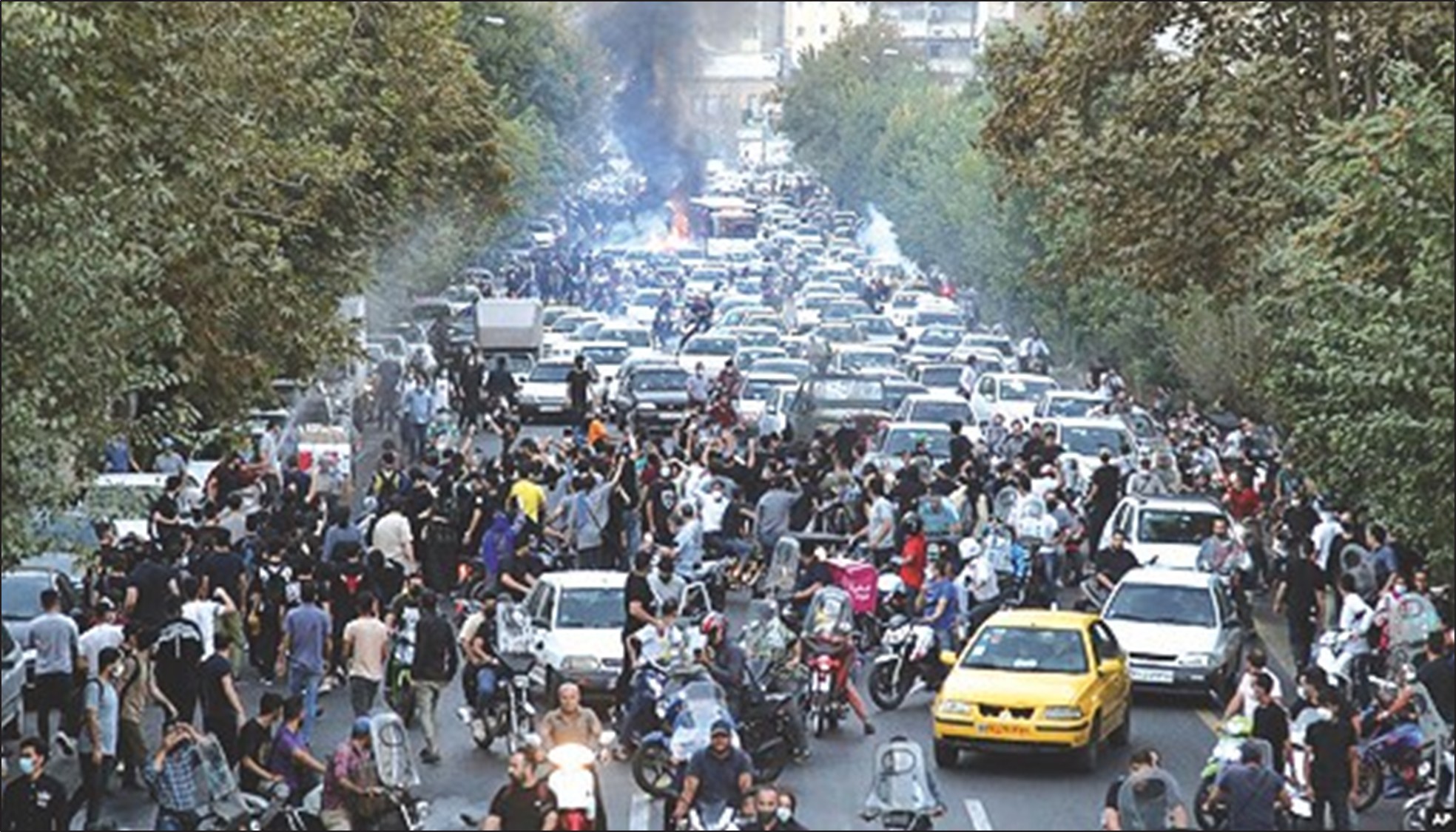December 12, 2014
By Djavad Salehi-Isfahani
Iran’s currency taking dive. In one week, the rial lost more than 5% of its value in the unofficial market.
The decision announced last Monday in Vienna to extend the talks aimed at a compressive agreement on Iran’s nuclear program for an additional seven months has resulted in Iran’s currency taking dive. In one week, the rial lost more than 5% of its value in the unofficial market. The devaluation has clear political and economic implications: it will revive inflation, slow or stop economic growth, and increase the pressure on Iranian President Hassan Rouhani as his government tries to make good on the election promises he made 18 months ago.
But will this soften Iran’s negotiating position? To answer this question, we need to look at the basis of this phase of the rial’s devaluation and what it means for ordinary Iranians.
The drop in the value of the rial after the extension was announced on Nov. 24 indicates that expectations in Iran for a final deal were high before the deal failed to materialize. This optimism had kept the rial’s value above what the economics of the situation warranted. In other words, rather than being in “free fall,” as several reports in the press have suggested, the rial is actually adjusting to a new equilibrium.
Two major factors have been putting pressure on the rial in the last few months, neither of which is related to the negotiations or the sanctions. The first is the decline of the price of oil, by more than 30% since this summer, which has reduced the already strained supply of foreign currency to the Iranian economy. As I noted in my previous post, prior to Nov. 24, the rial had remained surprisingly stable despite the falling price of oil.
The rial was also under pressure because Iran’s inflation exceeded that of its major trading partners, making Iranian producers less competitive. Prices in Iran have increased by 23% since Rouhani’s election in June 2013 when the rial traded around 31,000 per dollar. All else the same, the rial would have to fall by 23% to keep Iranian production competitive. That would mean an exchange rate of over 38,000 rials per dollar in the unofficial market and 32,500 in the official market. Presently, these rates are at 34,000 and 26,500.
Of course, all else is not the same. The price of oil is lower, Iran has started receiving around $700 million a month of its unfrozen assets, and there have been changes in economic policy. Some of these changes, like the lower price of oil, would require the rial to devalue further, while others would have the opposite effect.
At the same time, although the rial could continue to decline, currently it’s certainly not in free fall.
An overlooked fact in Western press reports on this issue is that the Rouhani government, populated in part by economists focused on the competitiveness of Iranian producers, had signaled its intention to officially devalue the rial before the Nov. 24 extension was announced. Indeed, officials spoke publicly last month about a (modest) 7.5% increase in the official exchange rate to be used in the 1394 (2015/2016) budget to 28,500 rials to the dollar.
Now on to that burning question: How long will this crisis last?
The pace of devaluation in the free market has quickly slowed down—the rial even rose against the dollar on Dec. 1—but as I mentioned earlier, further drops in the value of the rial are still possible as the reality of the lower price of oil sinks in.
Devaluation is a sign of an underlying imbalance in the economy, so when it happens, people are naturally alarmed. But it is also part of the solution to the same imbalances that need correcting. Consider, for example, that a cheaper rial is good for production and employment, even in a poor business environment hampered by international sanctions and domestic impediments to production, which business people refer to as “internal sanctions.”
Devaluations also redistribute income. In the short-run, inflation, which dropped last year below 20%, will rise as prices for goods bought and sold at the unofficial rate increase. The burden of the higher inflation will fall primarily on people living on fixed incomes, on the public payroll, and those who travel abroad or send money to their children abroad—all of whom compose the better part of the middle class.
Unlike former President Mahmoud Ahmadinejad, Rouhani does not believe in directly paying the poor, so what happens to this segment—about 10-20%—of the Iranian population is less certain. Wages of unskilled workers usually increase with inflation, though not always in tandem. They also rise with demand for labor, which could get a boost from devaluation. However, the 30% increase in the price of bread that was quietly implemented earlier this week, on Dec. 1, will hurt the poor disproportionately, as it was put through without any compensatory mechanism.
Of course, if the Rouhani government is forced to reduce the country’s much larger energy subsidies to balance its budget in the face of falling oil revenues, it may ultimately have to swallow its pride and take up the Ahmadinejad cash transfer mechanism, which Rouhani strongly criticized during his presidential campaign.
Ultimately, the drop in the price of oil will result in lower economic growth and loss of income across the country. But there is no policy that can fully compensate for a large decline in the terms of trade, which the recent decline in the price of oil represents—there are only good and bad policy responses. Allowing the rial to devalue is a good start, but not enough. The government should also be planning policies to help domestic producers rise to the occasion and measures required to protect the poor as prices for basic goods such as bread and energy rise.
Djavad Salehi-Isfahani conducts research on the economics of the Middle East and is currently a professor of economics at Virginia Tech






















